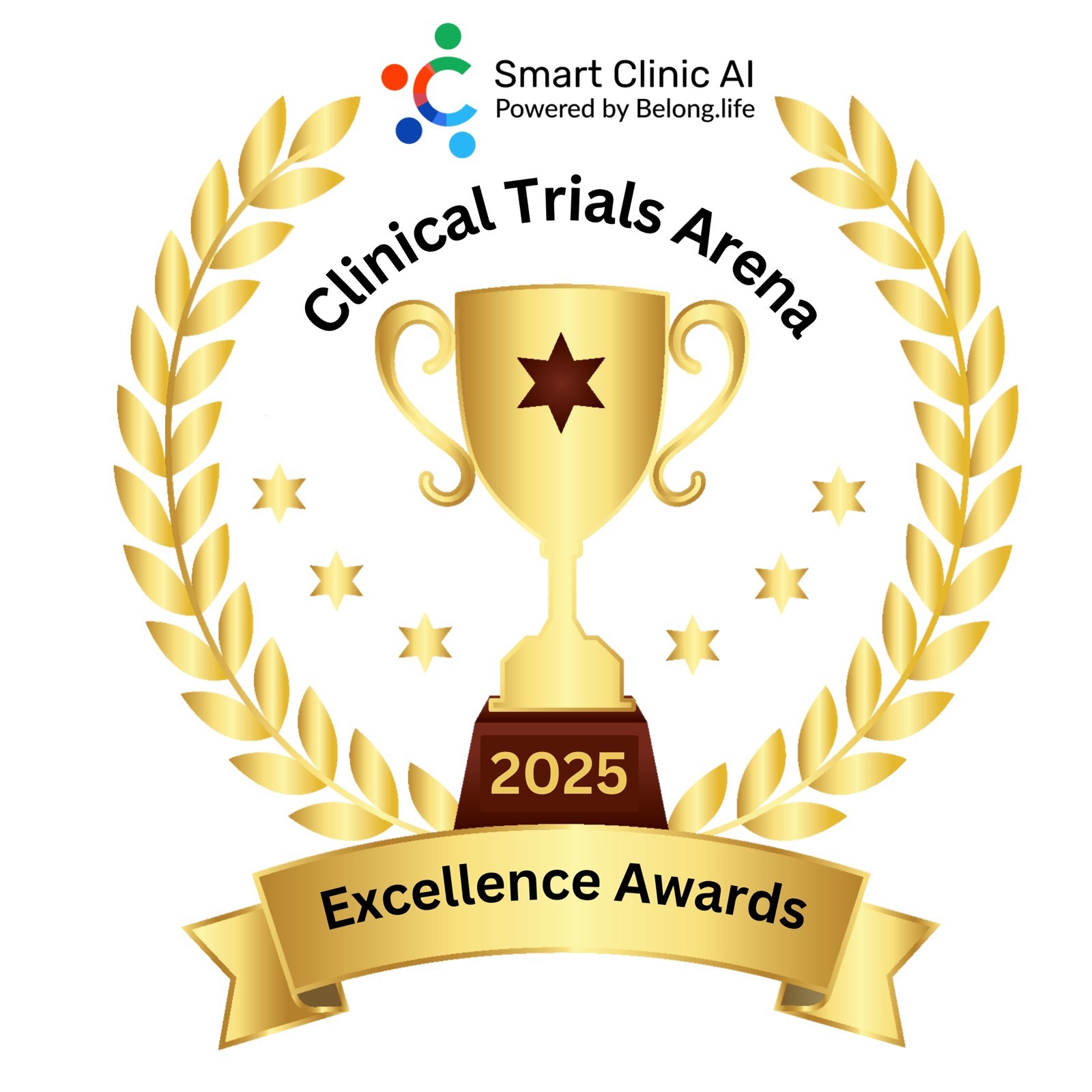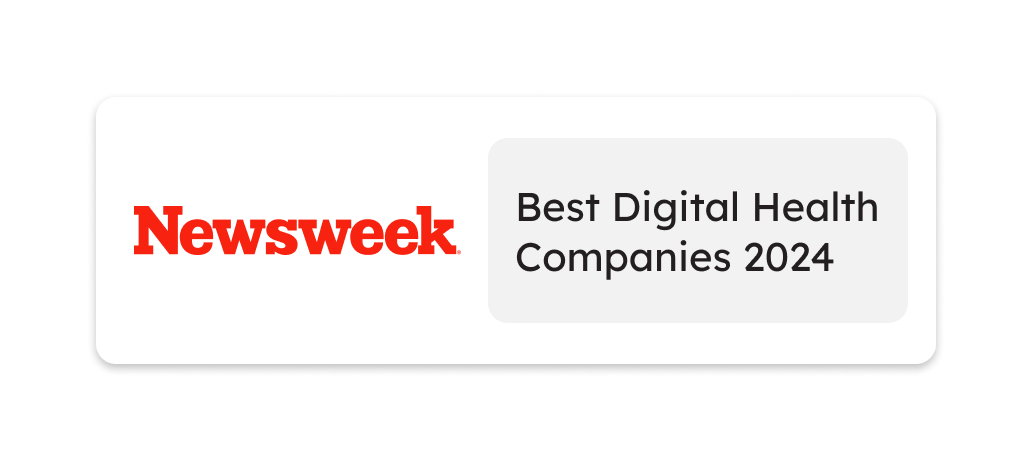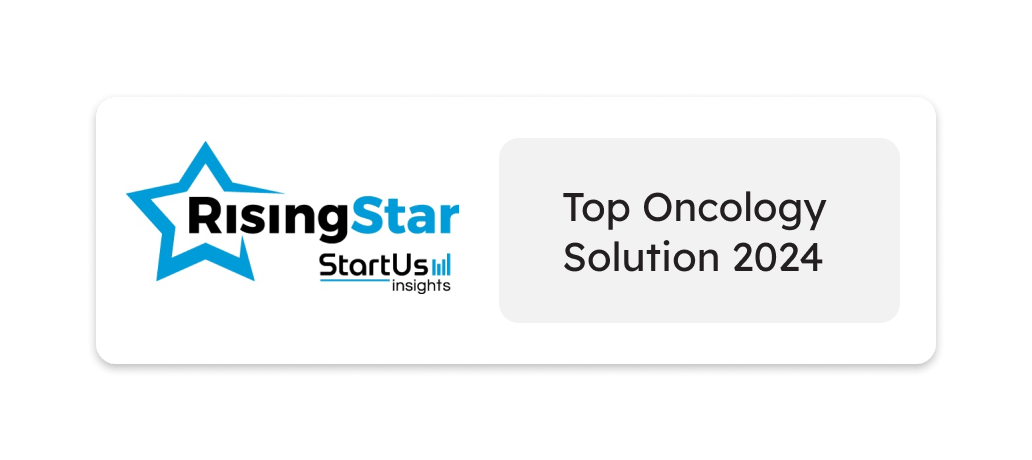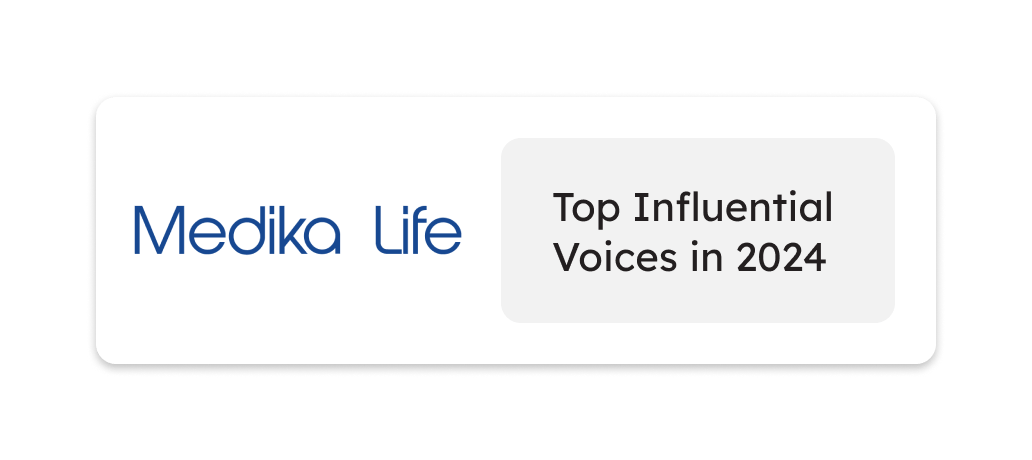30 August 2022.
Daniel A Vorobiof, MD, chief medical officer, Belong.Life, discusses the Belong.Life app’s resources for patients with cancer as well as the recent addition of personalized tools for those with chronic myeloid leukemia.
Listen to the Podcast, and read the full transcript >
Transcript:
Welcome back to PopHealth Perspectives, a conversation with the Population Health Learning Network where we combine expert commentary and exclusive insight into key issues in population health management and more.
In this episode, Dr Daniel Vorobiof discusses an app designed to provide community and resources for patients with a variety of cancers.
Hello, and good day. I’m Daniel Vorobiof. I’ve been a medical oncologist for many years. For the last 4 years, I am the medical director of Belong.Life, which we are going to talk more about in a moment.
Can you give us an overview of Belong.Life? What is it, and why was it created?
Belong.Life actually started a few years back out of the need for people that have patients with cancer in their families. They require more information to understand what is going on, where to go, whom to contact, what to learn about. Entrepreneurs and people in the IT business they started with this application. I joined them afterward as their medical director. We started an application for the purpose of support and guidance for patients.
We would like to have, from the beginning, patients obtaining data and information from us, guiding them through their disease and treatment journeys, solving their problems on the way, dealing with the highs and lows, investigating other options, and even trying to match them with clinical trials.
How do we do that? We believe that we are like the captain of the ship and trying to man as much as possible for the patients, families, and caregivers in this situation, who are trying to go together through their new life after the diagnosis of a chronic disease like cancer.
Thank you, Dr Vorobiof. And what inspired the addition of a group dedicated to CML?
There are many cancers that everybody speaks and knows about. Every person knows someone with, let’s say, breast cancer, prostate cancer, or lung cancer. Those are the common cancers that everybody talks about.
But when someone is diagnosed with chronic myeloid leukemia, suddenly, they feel quite lonely because the numbers are very small compared to those of breast cancer, prostate cancer, lung cancer, or colorectal cancer. Likely, the patient diagnosed with CML has never heard of it and never met anyone with the same disease. It’s not rare, but it’s uncommon compared to the rest.
We decided to look into that because we found there is very little in the form of support for this group of patients, wherever there are. If they are in America, there is one group and that’s all. The rest of the support and the guidance, they get from general cancer groups. Patients go to the internet or applications that include many other diseases, not just chronic myeloid leukemia.
We saw the need and we decided to go for it. And I think that’s the right decision. Hopefully, we will be able to support and help lots of people with this disease.
What kinds of technology are going to be implemented into this group, and how do you foresee patients with CML using it?
First of all, I foresee as many patients as possible with CML to use it. It’s a free and anonymous application, so anybody can join at any time—not just the patient, but also the family members and caregivers. We would like them to know about us and be able to join, because I think that we can do much more together than separately.
The technology is mainly embedded in the platform. Besides the different professional and non-professional groups that we have, the patient can have also their own files, folders, and diaries that can include lab tests, insurance information, pathology results, scans, doctor’s visits, and prescriptions. So there is plenty of technology that the patient can make use of. There are nonstop possibilities.
There are also general things that the application can offer such as the different groups to consult, such as when they need a nutritionist or support with complementary medicine, if they’re interested. If they want to know more about something, they go into what we call the Belong Media. They can read the Belong News and whatever other things are of interest for them.
So it opens a huge world for them from that point of view, which is not available elsewhere, and all under one roof and only one application. You don’t need to jump from one place to another to obtain information.
Do you have any plans in place yet to support other specific communities? What is that going to look like going forward?
We want to do others, but it takes time to identify the community, prepare, and build the application around that. We are going step by step. I cannot mention at the moment which others are in the pipeline, but yes, there are a few others that are going to be launched this year. I’m sure we will have an opportunity to discuss others in the future.









